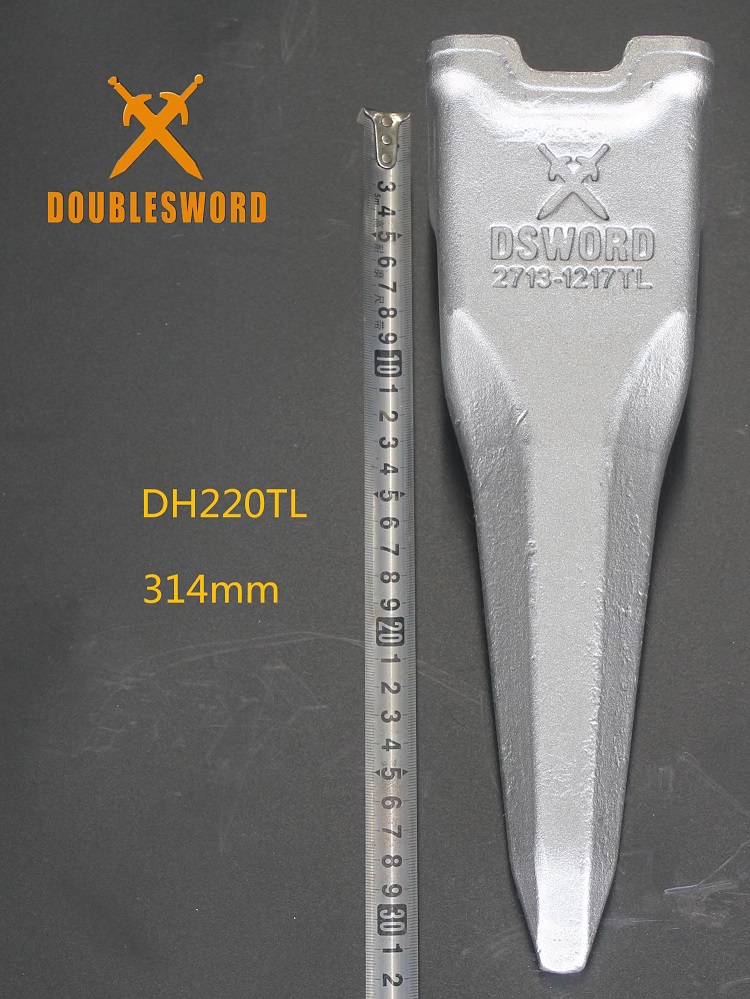Bucket tooth forging forming press (excavator bucket tooth forging equipment)
Bucket tooth forging and casting process:
Forging: It is mainly formed by extrusion under high temperature. It can refine the grains in the parts, with dense interior and good performance. It will not cause environmental pollution.
Casting: Molten liquid metal fills the mold for cooling. Porosity is easy to occur in the middle of the workpiece. The production process will cause serious environmental pollution.
Forging bucket teeth use forging machinery to exert pressure on special metal blanks, extrude them at high temperatures, refine the crystal materials in forgings, and make them plastic deformation to obtain certain mechanical properties. After forging, the metal can improve its structure, which can ensure that forging bucket teeth have good mechanical properties, more wear resistance, and longer service life. The casting is to melt the metal at high temperature, add auxiliary materials, inject the mold, and obtain the casting after solidification. The casting produced by this process is easy to produce air holes and form sand holes, and its mechanical properties, wear resistance and service life are lower than those of forgings.
Bucket teeth are generally divided into casting bucket teeth and forging bucket teeth according to their manufacturing methods. The performance of the two manufacturing methods are different. Generally speaking, forged bucket teeth are more wear-resistant, harder, and have a longer service life, which is twice that of cast bucket teeth, but the price is only 1.5 times. Bucket teeth are important parts of excavators and forklifts. Nowadays, forged bucket teeth are widely used. The forging bucket teeth are extruded by the forging hydraulic press (hot forging hydraulic press, hot die forging oil press) through the die.
Bucket tooth forging forming press (excavator bucket tooth forging equipment) adopts electro-hydraulic proportional control technology to realize digital control of pressure, speed and stroke, and can accurately control the forging size. It adopts a shoulder combined frame structure with relatively good overall stability. All oil cylinders are plunger cylinders, and the mobile workbench is stable in conversion, with a buffer device. The equipment is also suitable for cold and hot forging of metals, as well as the pressing process of plastic materials. It can complete free forging, die forging and other processes.
Post time: Dec-02-2022








